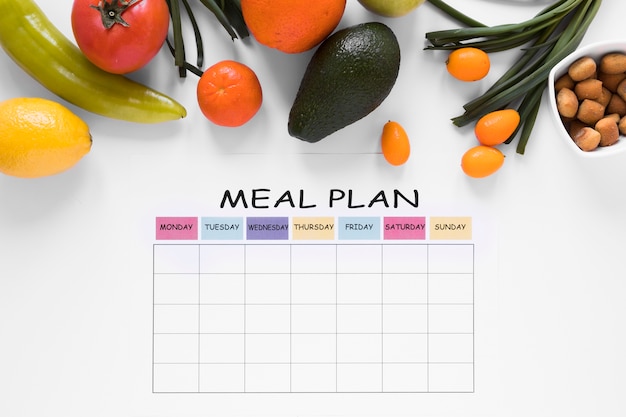Your basal metabolic rate (BMR) is the number of calories your body needs to carry out essential functions like breathing, circulating blood, producing cells, processing nutrients, and regulating temperature. This rate varies depending on factors such as age, sex, weight, and activity level.
BMR is crucial because it represents the minimum calorie count your body needs to stay alive while at rest. It makes up a significant part of your total energy expenditure, ranging from 40% to 70%. Knowing your BMR can help you adjust your calorie intake based on your health and fitness goals, whether that’s losing weight, gaining weight, or maintaining your current weight.
To calculate your BMR and daily calorie needs, you should consider the types of activities you do during the day. These activities can be classified into: restful, very light, light, moderate, or heavy activities.
Restful activities involve minimal physical effort, such as playing cards, driving, or sewing. Very light activities include calm walking, house cleaning, and playing recreational sports like golf or table tennis. Moderate activities require more effort, like brisk walking, gardening, running, or playing sports such as tennis and football. Heavy activities involve high-intensity effort, such as walking uphill or climbing stairs quickly.
Once you know how much time you spend on these activities, you can calculate your BMR and daily calorie requirement using various formulas.
There are several formulas to calculate BMR:
1. Harris & Benedict: Based on weight, height, and age, with different versions for males and females.
2. Katch and McArdle: Uses lean body mass to calculate BMR.
3. Tagliabue/Andreoli: Also uses weight, height, and age, but is different for males and females.
4. Mifflin-St Jeor: Similar to Harris & Benedict but uses a constant.
5. Schofield: Uses weight and height, with separate calculations for males and females.
For example, the Harris-Benedict equation for men is:
BMR = 88.362 + (13.397 × weight in kg) + (4.799 × height in cm) − (5.677 × age in years)
For women, it is:
BMR = 447.593 + (9.247 × weight in kg) + (3.098 × height in cm) − (4.330 × age in years)
The Katch-McArdle formula goes:
BMR = 370 + (21.6 × Lean Body Mass in kg)
Lean Body Mass here means your body weight minus the weight of body fat, which usually needs specialized methods to measure accurately.
The Mifflin-St Jeor Equation for men is:
BMR = 10 × weight in kg + 6.25 × height in cm − 5 × age in years + 5
For women, it’s:
BMR = 10 × weight in kg + 6.25 × height in cm − 5 × age in years − 161
Schofield equations are similar to Harris & Benedict in terms of the variables used.
Understanding your BMR and daily calorie needs is key to managing your health and fitness goals. By considering your activity level, age, sex, and weight, you can calculate your BMR and adjust your calorie intake to suit your needs, whether you aim to lose weight, gain weight, or maintain your current weight. Knowing your BMR helps you make informed decisions about your diet and lifestyle.







